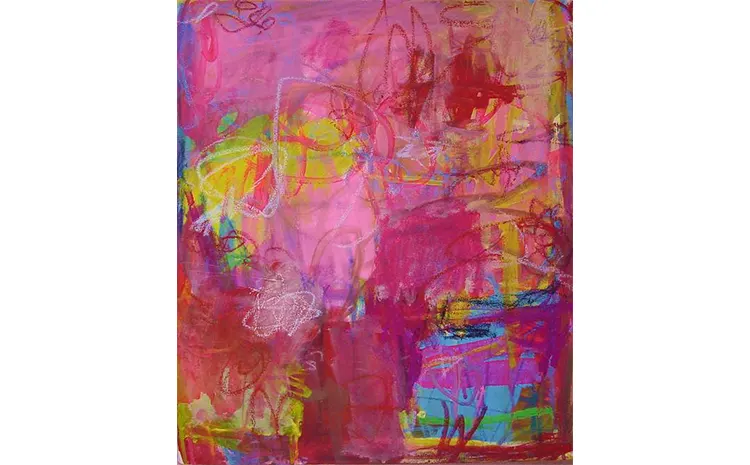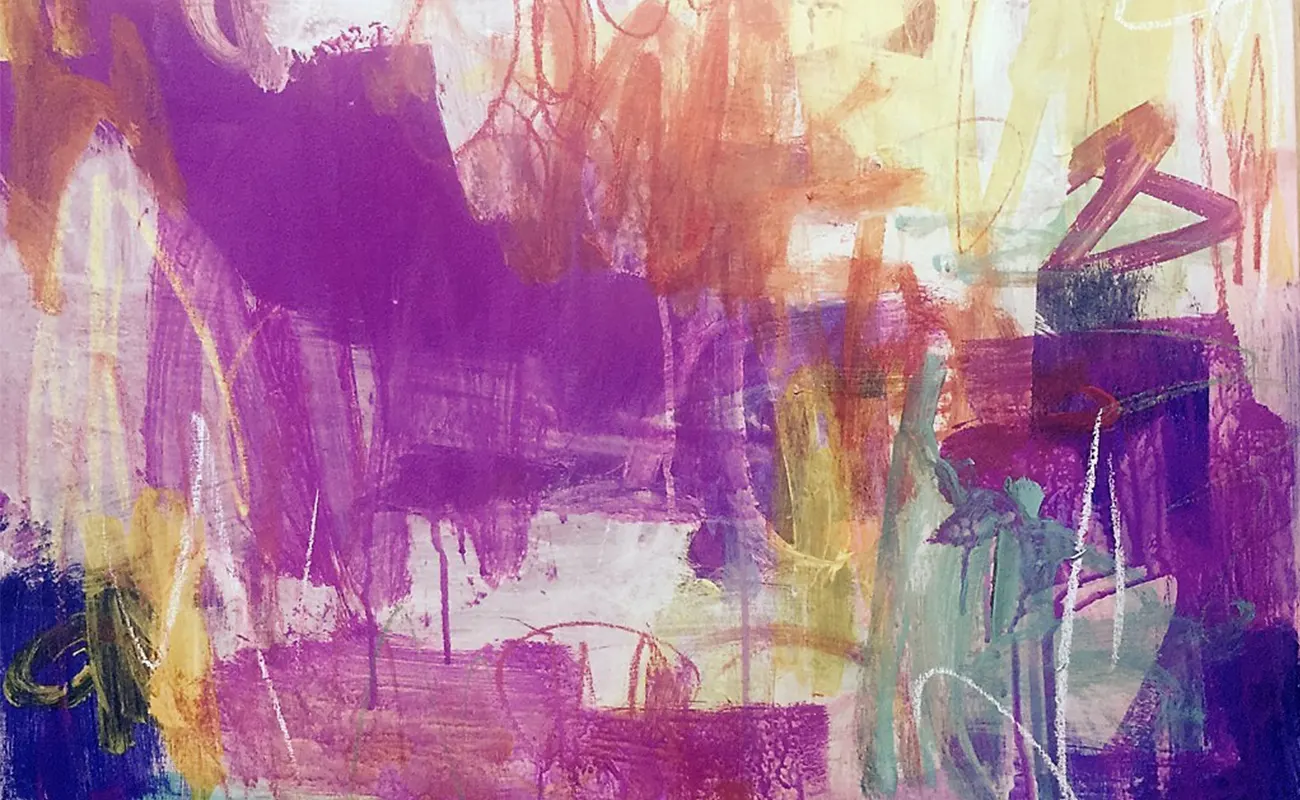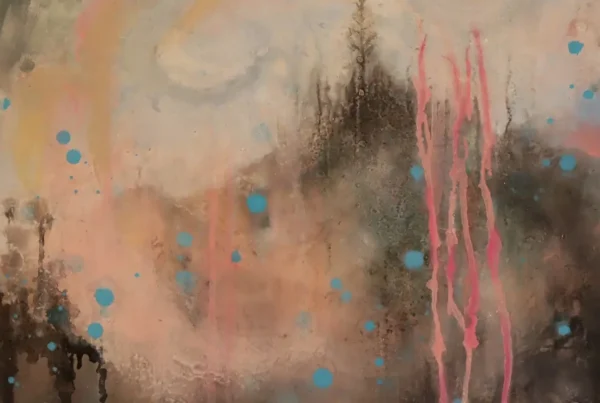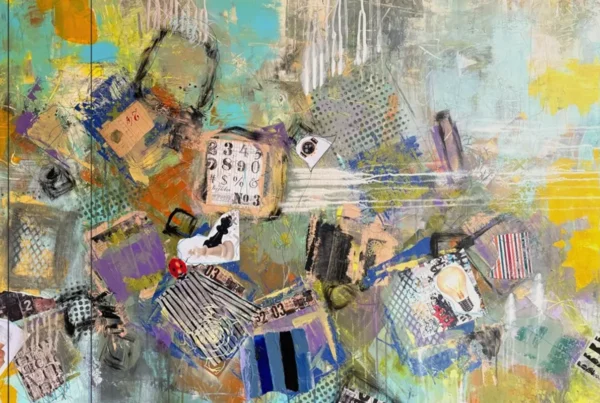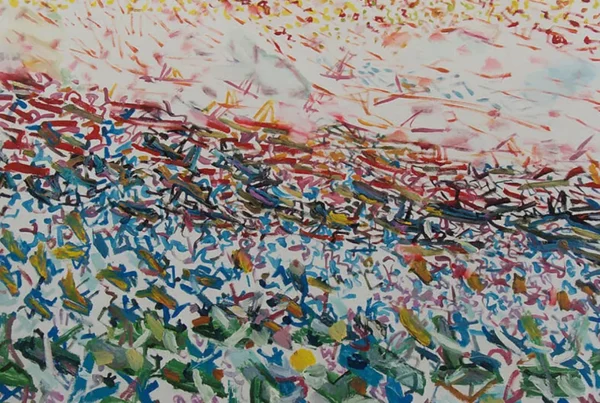“I want to depict daily neglectable moments as precious ones to share these moments with audience so that they could feel something in common.”
Transforming Moments into Art: Kikuko Sakota’s Abstract Oeuvre
Born and raised in the culturally rich environment of Japan, Kikuko Sakota embarked on her artistic journey shortly after obtaining her university degree. Her early explorations were characterized by a rigorous study of oil painting and pastel drawing under the tutelage of various distinguished instructors. This early phase of her career was driven by an insatiable thirst for knowledge and a keen desire to perfect her foundational skills.
In her pursuit of artistic growth, Sakota chose to broaden her horizons by spending extended periods in the United States and Australia, exploring their vibrant art scenes. She was particularly struck by the striking intensity of sunlight in these regions compared to her native Japan, a revelation that deeply influenced her approach to painting. The unique palette of colors, especially in California, presented a stark contrast to those in Japan, providing her with a new lens through which to view her art.
Sakota further expanded her academic repertoire by enrolling in a distance learning program in liberal arts at a reputable Californian university. This opportunity allowed her to delve deeply into the study of art history, enriching her understanding of the broader context within which her own work was evolving.
During her time at an art school in San Francisco, circa 1997, Sakota enrolled in a painting class that primarily concentrated on abstract art. This exposure to the abstract genre sparked a passion within her, profoundly influencing her artistic direction. Since then, Sakota has almost exclusively gravitated towards abstraction in her work.
Since her first exhibition in 1999, Sakota’s work has graced galleries both within Japan and internationally. Concurrently, she continues to broaden her artistic knowledge and refine her technique, seizing every opportunity to participate in graduate-level courses at art universities, as well as engaging in various workshops and residencies. This ongoing dedication to her craft is a testament to Sakota’s commitment to her artistic journey, reflecting her relentless drive to evolve and innovate.
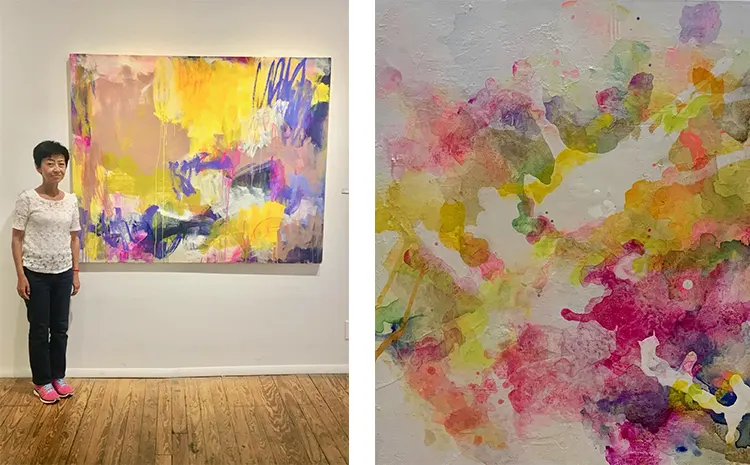
Techniques and Influences: A Closer Look at Kikuko Sakota’s Artistic Approach
Kikuko Sakota’s artistic oeuvre is firmly rooted in the realm of abstract painting. Her works often revolve around the existential themes of time and space, representing her personal experiences in nuanced yet profound ways. Sakota’s moments of inspiration are commonly found in the quotidian: a morning bathed in sunlight, the rhythm of a melody, the freshness of a stroll, or the bittersweet memories of departed loved ones. She seeks to transform these seemingly insignificant moments into precious echoes of shared humanity, inviting viewers to connect with her work on an intimately personal level.
Her method of capturing these fleeting moments involves the careful application of numerous thin acrylic layers on the canvas. This labor-intensive technique engenders a sense of depth and is, in Sakota’s view, a powerful metaphor for the passage of time. Landscapes frequently feature in her paintings, not merely as aesthetic elements but as translations of her lived moments into two-dimensional vistas. She strives to portray the intricate events that unfold within these time-spaces by experimenting with a variety of textures. This is achieved through the use of adsorbent or gesso, facilitating distinct interactions between the acrylic layers: staining with adsorbent, or creating a dripping effect with thick gesso layers. Her repertoire of techniques extends to pouring, spatting, and staining, each contributing to the diverse expressions of acrylics in her work. Furthermore, Sakota’s explorations of color deployment and effects are a consistent focus throughout her artistic journey.
Sakota’s artistic inclinations can be traced back to her mother, a lifelong creative spirit who imparted her love for the arts. Her mother’s expertise spanned the realms of flower arrangement, tea ceremony, Chinese painting, calligraphy, wax dyeing, and sewing, thus, instilling an appreciation for art in Sakota from an early age. Furthermore, her mentors, Toshiko Tochihara in Japan and Katina Huston in America, played instrumental roles in shaping her career, providing her with invaluable encouragement and insights into professional artistry.
Her admiration for renowned artists, such as Australian painter Ken Done, whose work sparked her decision to paint, and Henri Matisse, known for his audacious compositions and color usage, particularly in his paper-cut works, is evident. Recently, Sakota has been exploring the works of Helen Frankenthaler and Morris Louis, acclaimed artists who pioneered the use of acrylics in creating large-scale paintings with bold compositions. Sakota’s artistry, thus, continues to evolve, a testament to her ceaseless exploration of the abstract, the personal, and the universal.
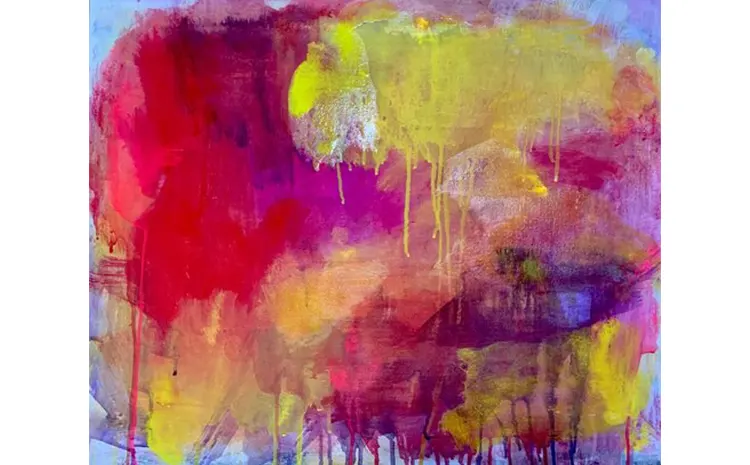
A Seminal Work: Cherry Blossom by Kikuko Sakota
In the mid-nineties, Kikuko Sakota found herself captivated by the powerful compositions and vibrant hues of Ken Done’s artwork, showcased in his gallery in Sydney, Australia. The boldness of Done’s style elicited reminiscences of Matisse, and became the catalyst that drove Sakota to pursue painting with increased fervor. Upon her return to Japan after a brief sojourn in San Francisco, she found herself drawn towards abstract art, a fascination which led her to enroll in a class taught by Toshiko Tochihara, a highly accomplished Japanese abstract painter. It was Tochihara’s encouragement that propelled Sakota to showcase her creations in galleries and museums, marking the genesis of her professional journey in the art world.
Sakota’s creative process requires ample space; she once rented a room specifically for her artistic pursuits. Now, she has adapted a common area of her residence into a makeshift studio, protecting its walls and flooring with sheets of plastic. However, Sakota still cherishes the aspiration to acquire a dedicated workspace in the future.
The artist adheres to a disciplined regimen, rising and retiring early to optimize her limited time for focused creativity. She underscores the importance of adequate rest for her productivity, refusing to succumb to the temptation of working through the night. Sakota is acutely aware that such a practice, while potentially enhancing her output momentarily, could potentially compromise her health and the sustainability of her artistic production in the long term.
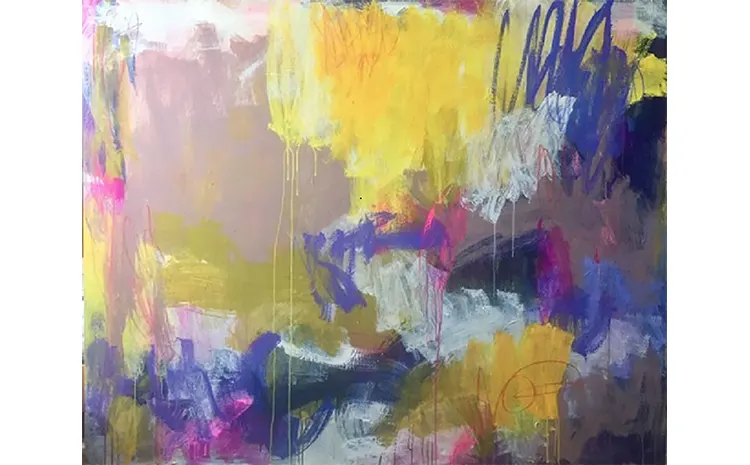
The Discipline of Creativity: Insights into Kikuko Sakota’s Artistic Process
Kikuko Sakota has chosen to highlight one of her seminal works, “Cherry Blossom”. Rendered in acrylic and pastel on a canvas measuring 15”x13”, this piece was completed in 2008 and signifies a significant milestone in Sakota’s artistic journey.
The cherry blossom, a symbol deeply embedded in Japanese culture, serves as the focal point of this artwork. Although countless Japanese artists have sought inspiration from this national flower, Sakota’s rendition strikes a delicate balance between abstraction and representation. Her distinctive painting style shines through in this work, as she successfully navigates the complex terrain of abstract art.
Sakota’s interpretation of the cherry blossom deviates from the traditional white hue, typically representative of light and the sky’s blue, and instead embraces the color pink. This choice not only aligns with the public’s perception of cherry blossoms but also adds a bold and vibrant touch to the canvas. Her unique brushwork—signature strokes of acrylics and oil stick scribbles—ingeniously captures the reflection of light on the dense clusters of petals.
Sakota’s preference for acrylics is deeply rooted in their environmental friendliness, given their water solubility, and their brilliant color palette. Despite starting her artistic journey with oil paints—a medium she adores for its texture—she has since embraced a variety of mediums, including colored pencils and pastels.
This adaptability is a testament to Sakota’s commitment to continual learning and experimentation. She is always ready to explore new techniques and ideas, whether it involves crafting larger-than-life paintings, experimenting with different mediums such as oil paints and pastels, designing textiles, or delving deeper into the study of art, particularly color theory. Sakota’s open-minded approach and relentless pursuit of growth and innovation underscore the essence of her artistic philosophy.
